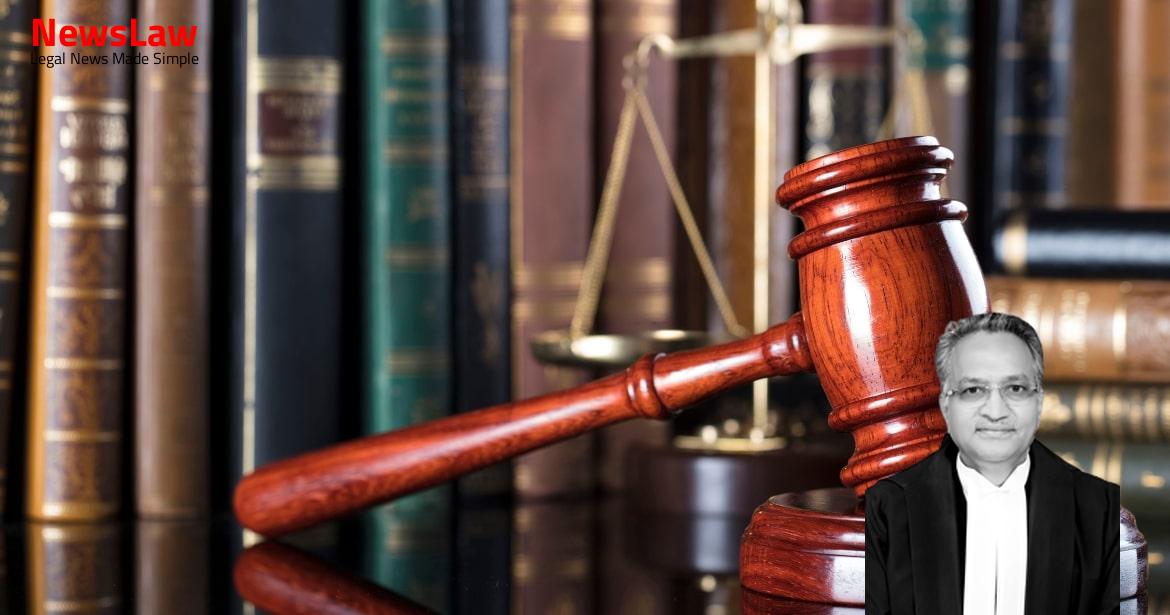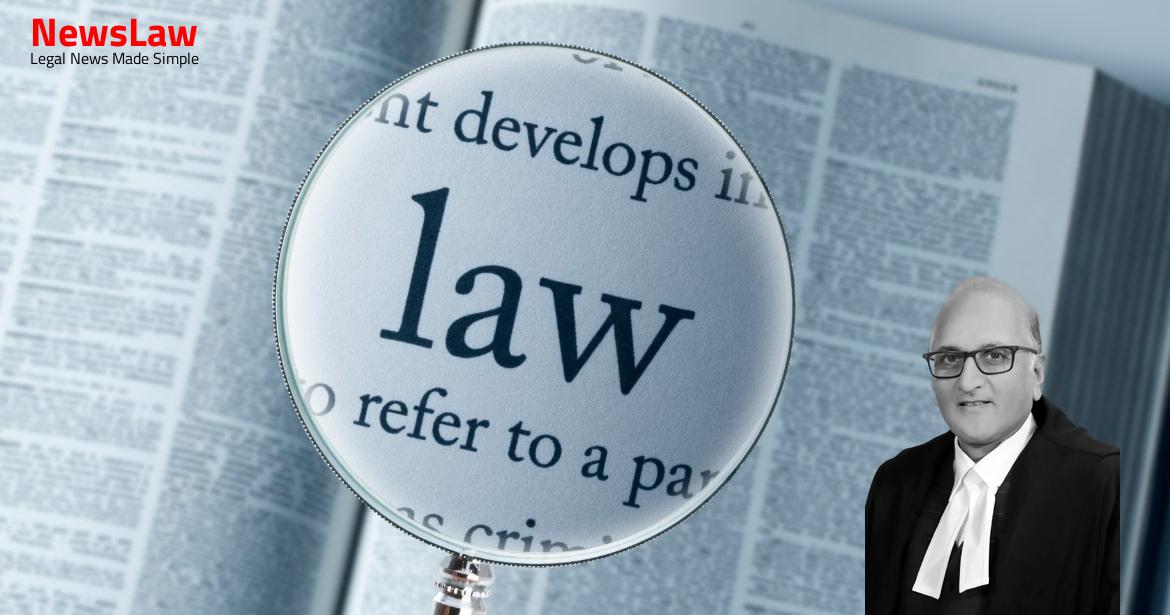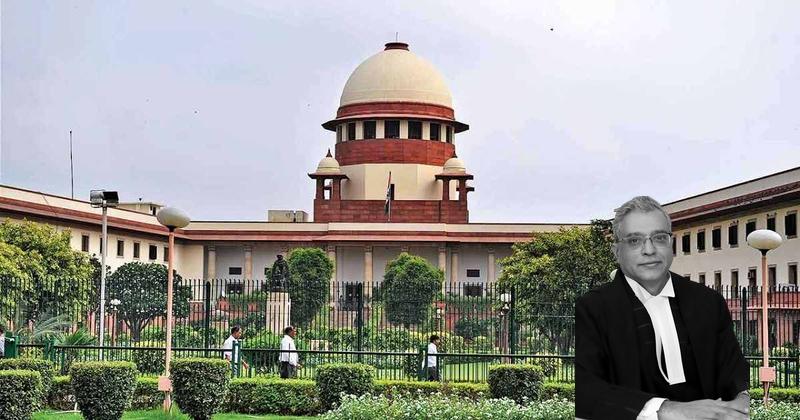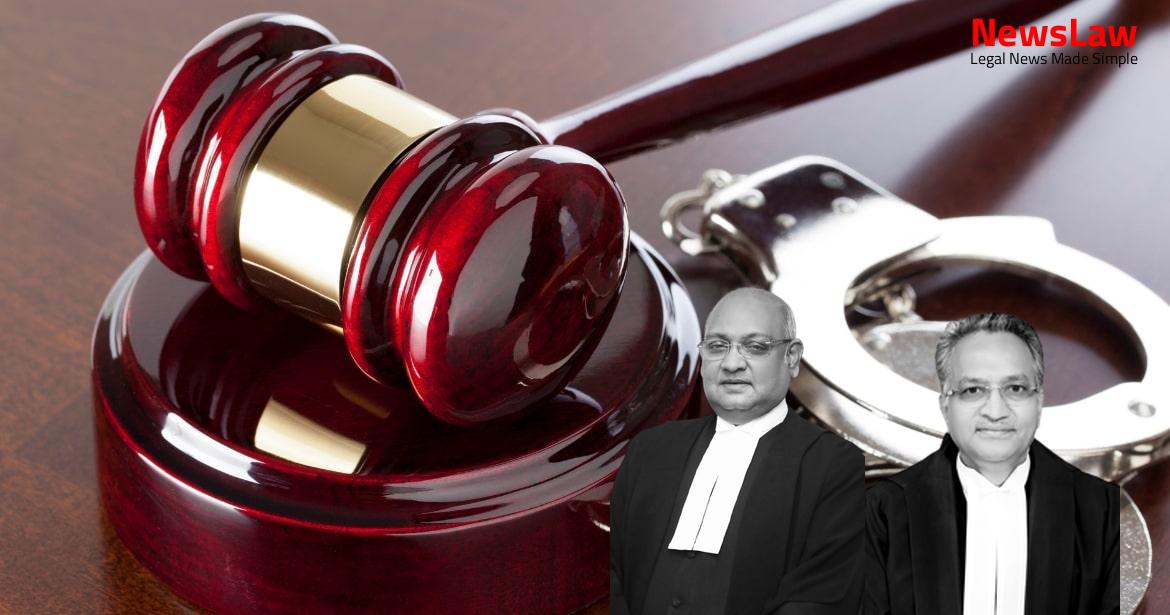The recent court analysis on the classification of lands under the 1980 Forest Act sheds light on the intricate legal aspects governing forest lands. The judgment emphasizes the importance of upholding environmental protection while considering developmental needs. Dive into the nuanced discussions around the classification of lands in the realm of forest conservation and sustainable development.
Facts
- Various appeals and writ petitions were filed challenging orders passed by the National Green Tribunal (NGT).
- The NGT issued an order restraining non-forest activities on specific lands in Village Ankhir, Faridabad.
- Different petitioners claimed ownership of lands and structures on the subject properties.
- The issue focused on whether lands under a special order under the PLPA are considered ‘forest land’ under the 1980 Forest Act.
- Multiple appeals took exception to NGT’s orders, with specific concerns about the classification of the lands as forest lands.
- Petitioners raised arguments regarding the legality of the orders issued under the PLPA and the impact on their possession and structures on the affected lands.
Also Read: Analysis of Improper Grant of Bail in the Director of Enforcement v. Bablu Sonkar Case
Arguments
- The petitioners argue that the lands notified under Sections 4 and 5 of PLPA are considered forest lands by the Forest Department of the State of Haryana.
- They emphasize that the lands subject to the orders under Section 4 do not necessarily become forest lands under the 1980 Forest Act.
- The petitioners refer to the decision in the B. S. Sandhu case, which states that lands covered by such orders may or may not be classified as forests.
- The only restriction imposed by the orders under Section 4 is prohibiting certain activities without prior permission from the authorities listed.
- The petitioners highlight the different categories of forests outlined in the 1927 Forest Act, including reserved forests, protected forests, and private lands.
- They point out the provisions in the 1927 Forest Act for acquiring private lands declared as forests and the payment of compensation.
- The petitioners raise concerns about the lack of a provision for compensation or a hearing for owners/affected persons before issuing the orders under Sections 4 and 5 of PLPA.
- They argue that a notification under Section 3 of PLPA is essential for the issuance of orders under Sections 4 and 5, and the absence of such notifications renders the orders illegal.
- The petitioners reference the developments and notifications specific to certain districts, highlighting discrepancies in the application of PLPA.
- They suggest that the 2019 Amendment Act seeks to balance property rights with environmental protection.
- The learned counsel for the applicant in I.A. No 14685/2021 supported the submissions made by other applicants/intervenors.
- He argued that even records maintained by the Forest Department are considered government records.
- He emphasized that the concept of government records should not be narrowly defined to only include revenue or land records.
- Any land designated as forest land in government records will be considered a forest under the 1980 Forest Act.
- The learned Amicus curiae also presented brief submissions.
- The Court criticized the Government of Haryana for changing its stance in contradiction to its affidavit.
- The senior counsel tried to argue using figures from the additional affidavit and maps that accepting some intervenors’ contentions would classify entire districts of Gurugram and Faridabad as forests under the 1980 Forest Act.
Also Read: Withdrawal of Offending Statements in Defamation Case
Analysis
- The 1980 Forest Act deals with the conservation of forests and matters connected therewith.
- The lands covered by special orders under Section 4 of PLPA are considered forest lands under the 1980 Forest Act.
- The definitions of forests under the 1927 Forest Act and the 1980 Forest Act differ, with some overlap.
- The Public Trust Doctrine is integral to the jurisprudence for asserting public rights over private gains in natural resources.
- The scope of the 1927 Forest Act and the 1980 Forest Act are not the same, with distinct spheres of operation.
- The forests are essential for preventing pollution and maintaining ecological balance in the ecosystem.
- The concept of forests under the 1927 Forest Act does not necessarily equate to reserved or protected forests.
- The application of the Forest Conservation Act, 1980, extends to all types of forests irrespective of ownership or classification.
- The precautionary principle, fundamental duties, and constitutional rights emphasize the protection and preservation of the environment and forests.
- The orders under Sections 4 and 5 of PLPA have a legal impact on determining the status of land as forest lands governed by the 1980 Forest Act.
- The Court emphasized the need to apply and adopt the standard of ‘environmental rule of law’ to test governance decisions related to developmental projects.
- The concept of sustainable development, as highlighted in various court cases, plays a crucial role in balancing environmental concerns with development needs.
- The United Nations has recommended the adoption of environmental rule of law for sustainable development, prioritizing environmental sustainability and connecting it with fundamental rights and obligations.
- The interdependence between the right to development and the preservation of a dignified life was emphasized, along with acknowledging the immense interdependence between the right to development and the right to a natural environment.
- The role of sustainable development and precautionary principles in ensuring a dignified life was highlighted in the context of environmental matters and human development.
- The Court also examined previous decisions related to forest land and emphasized the importance of treating areas designated as ‘forest’ by the State Forest Department as such in fact and in law.
- Notification shall not be made or work begun without notice to the owner of the forest or land and hearing objections.
- State Government can assume management of forests in case of neglect or disobedience to regulations.
- Government can suspend rights in case of willful fire damage.
- Section 2 overrides all other laws applicable to a State.
- State Government can regulate or prohibit activities in forests for conservation purposes.
- Penalties for contravention of notifications or rules under the Forest Act.
- Provisions for expropriation of forests for public purposes.
- Complete prohibition on certain activities in reserved forests once notifications are issued.
- Acts prohibited in reserved forests under Section 26 of the Forest Act.
- Non-forest use permitted under Section 2 of the 1980 Forest Act overrides restrictions of special orders under Section 4 of PLPA.
- Permission from the Central Government is crucial for any change of user of forest or deemed forest land.
- Lands covered by special orders under Section 4 of PLPA are deemed forest lands under the 1980 Forest Act.
- State Government or competent authority cannot permit non-forest activities on these lands without prior approval from the Central Government.
- Notification under Section 3 of PLPA does not automatically classify land as forest under the 1980 Forest Act.
- With Central Government approval, non-forest use can be permitted even during the subsistence of special orders under Section 4 of PLPA.
Also Read: Acquittal in IPC Offences: Lack of Test Identification Parade
Decision
- Lands covered by special orders dated 18 August 1992 under Section 4 of PLPA will be governed by orders passed in Petition for Special Leave to Appeal Nos. 7220-7221 of 2017.
- Civil Appeal Nos. 10294 of 2013, 8454 of 2014, 8173 of 2016, and 11000 of 2013 are disposed of and NGT orders modified.
- Authorities to decide the status of lands covered by Section 5 orders on a case-by-case basis.
- Petitioners can move concerned authority for decisions on status of lands.
- Writ Petition (Civil) No.1320 of 2021 will be governed by directions in Petitions for Special Leave to Appeal Nos. 7220-7221 of 2017 for rehabilitation of eligible occupants.
- Action to remove illegal structures and stop non-forest activities on land covered by special orders issued under Section 4 of PLPA to be taken. Reforestation/afforestation programs to be undertaken.
- No adjudication on lands covered by special orders under Section 5.
- Affected persons to be given an opportunity to be heard before removal of illegal structures or stopping non-forest activities. Proceedings to be concluded within three months.
- Writ Petition (Civil) Nos. 1008 and 1031 of 2021 are disposed of in above terms.
Case Title: NARINDER SINGH Vs. DIVESH BHUTANI . (2022 INSC 737)
Case Number: C.A. No.-010294-010294 / 2013



